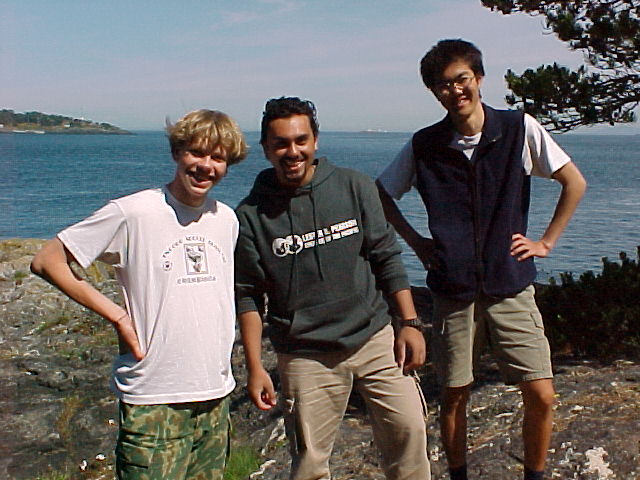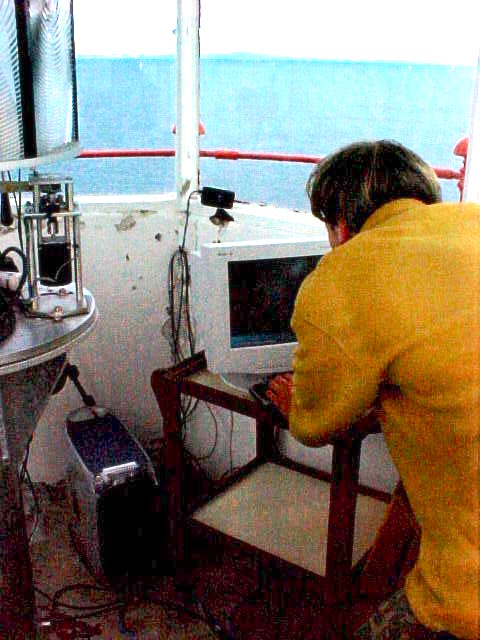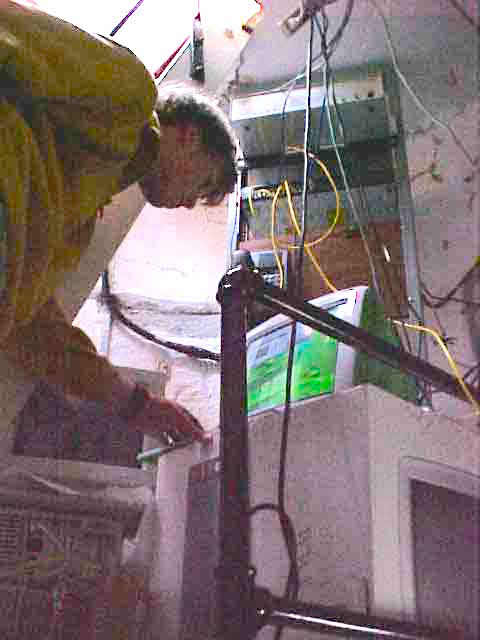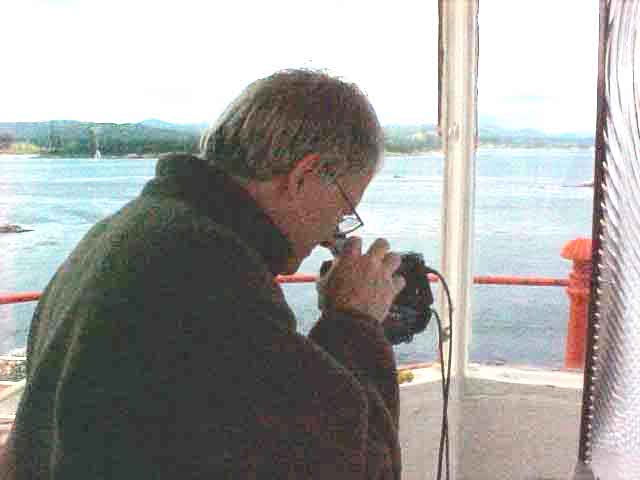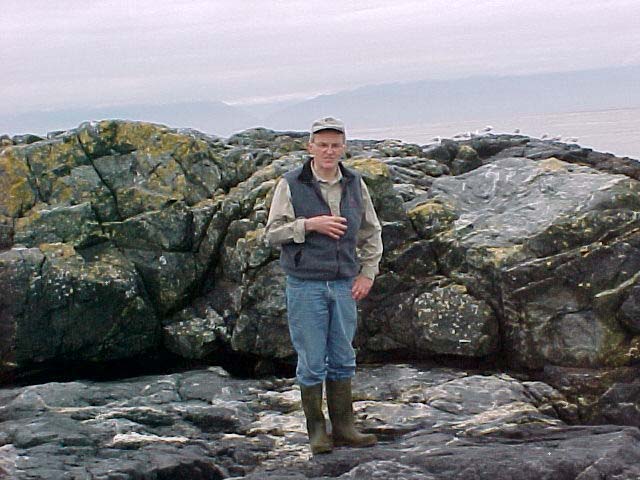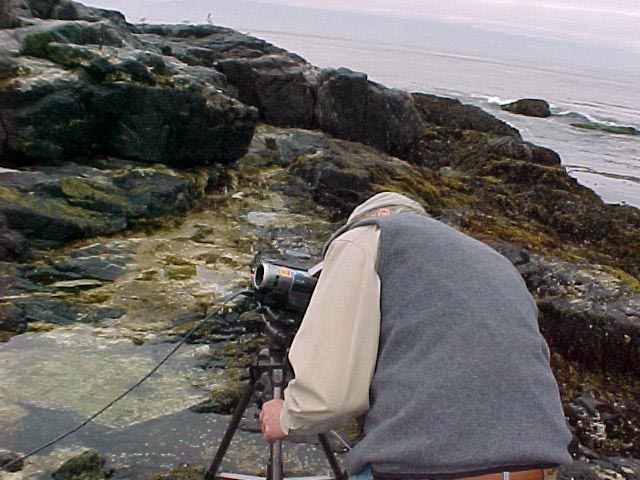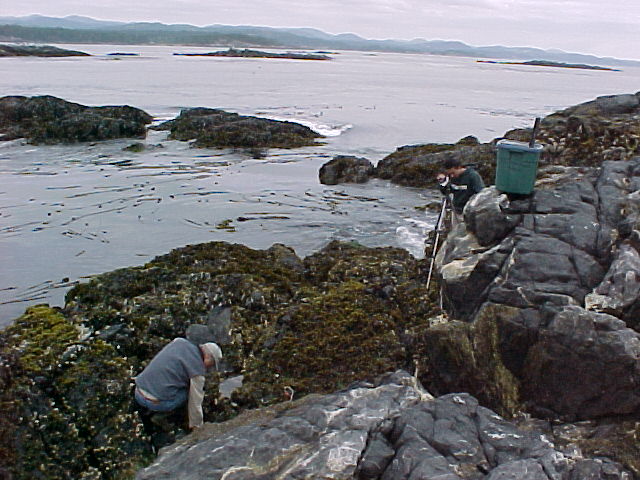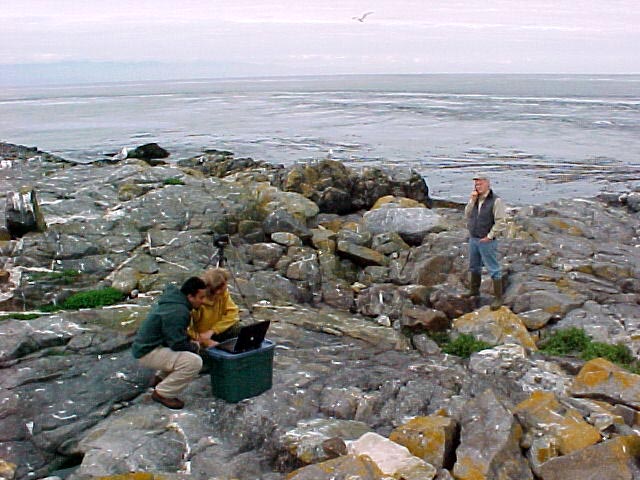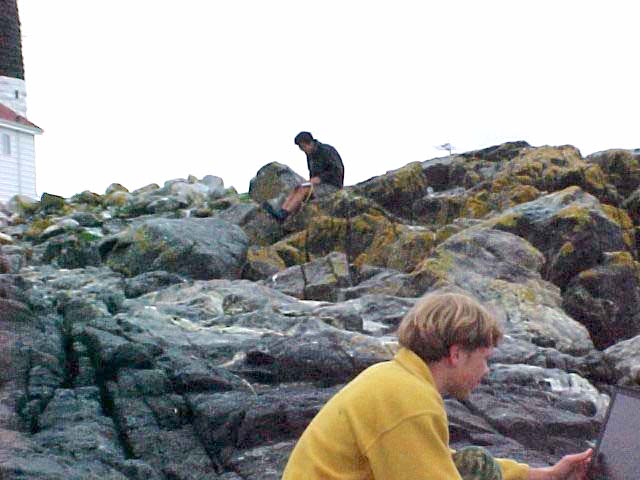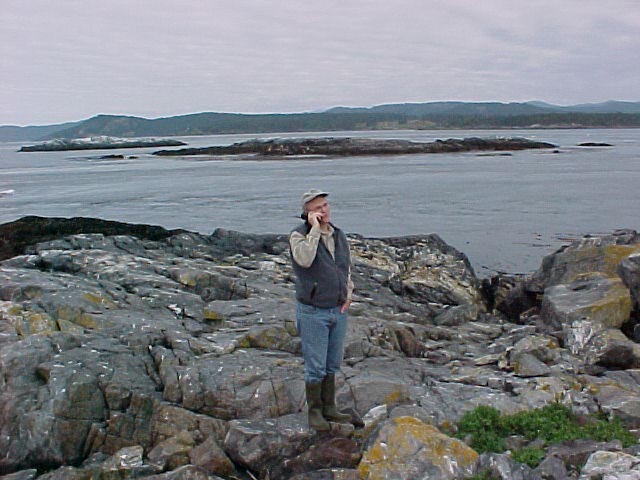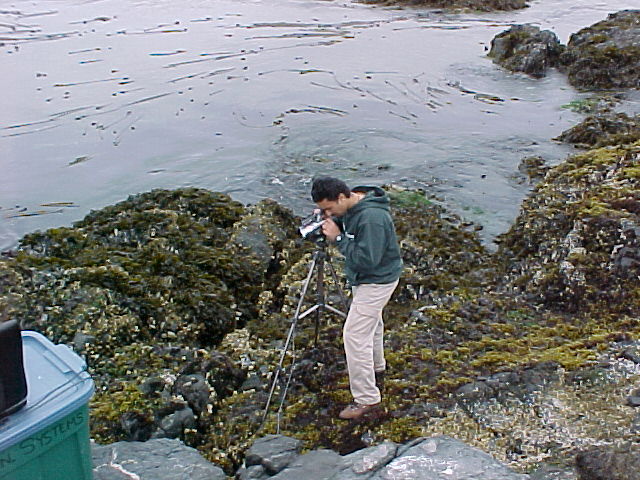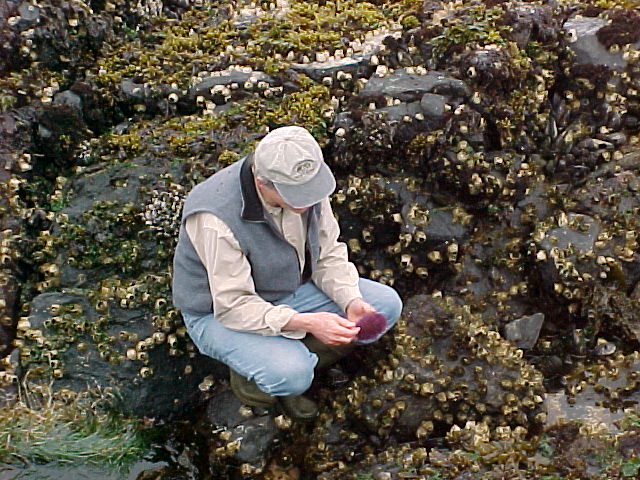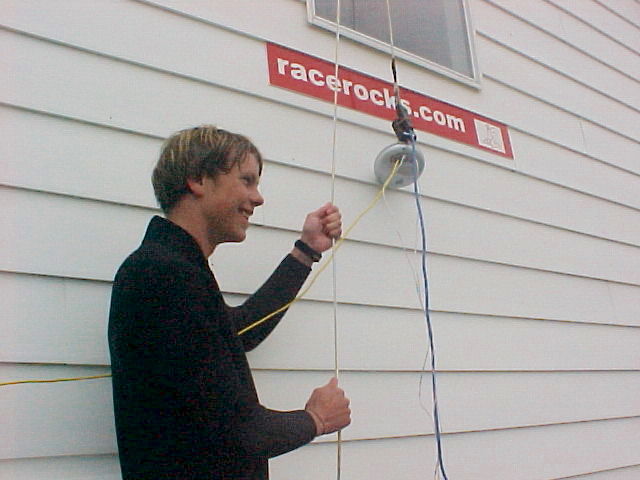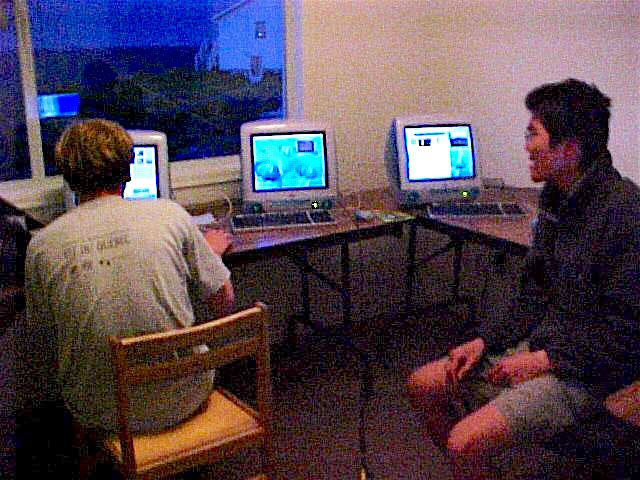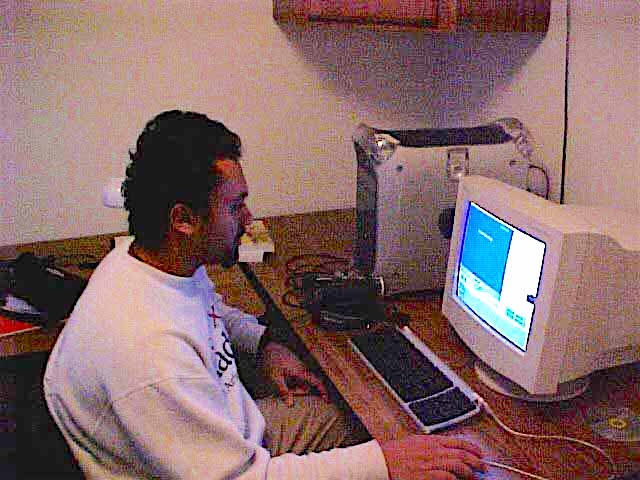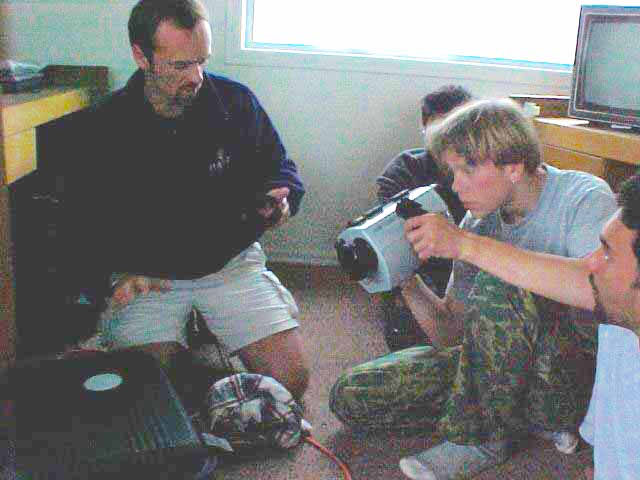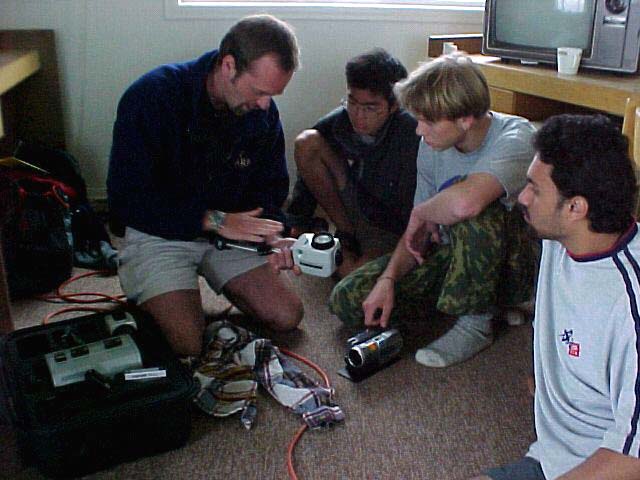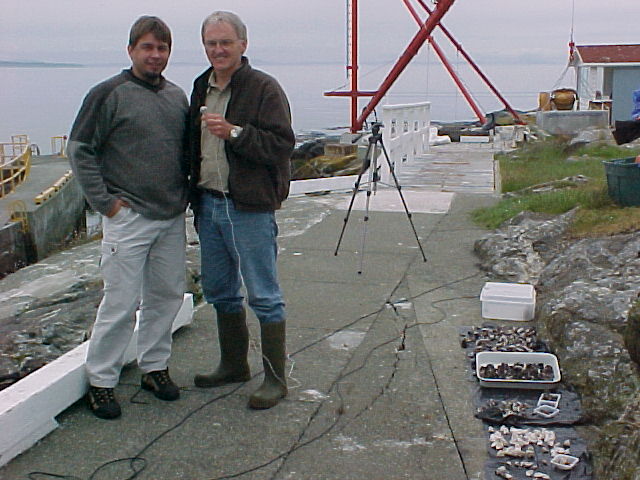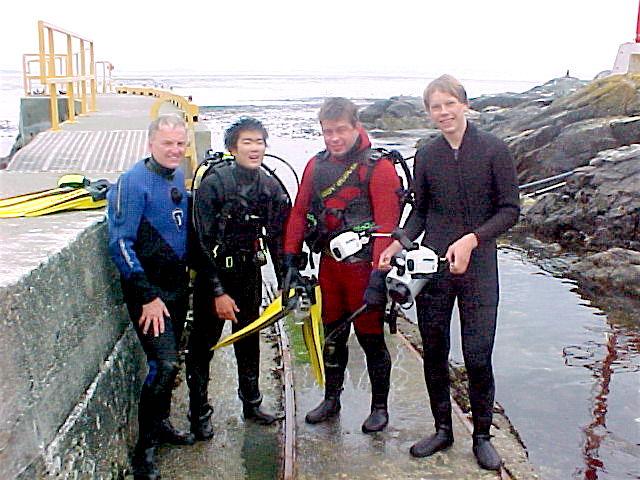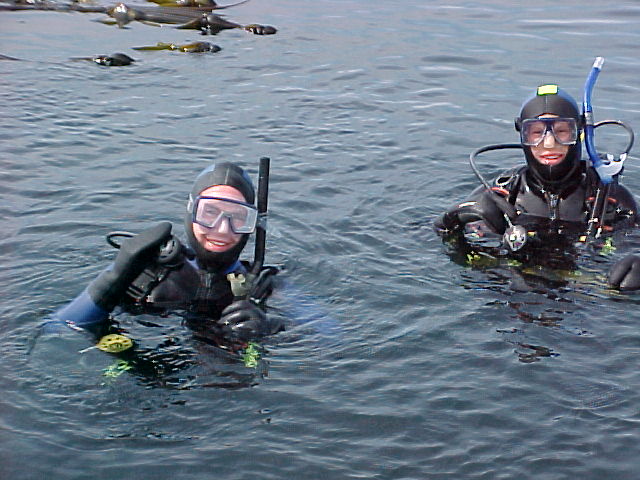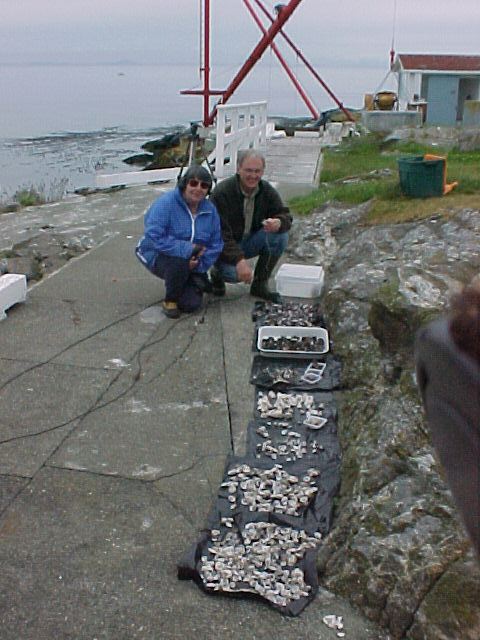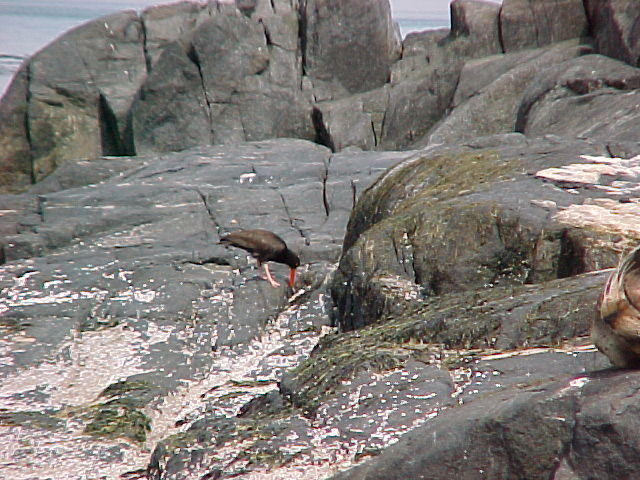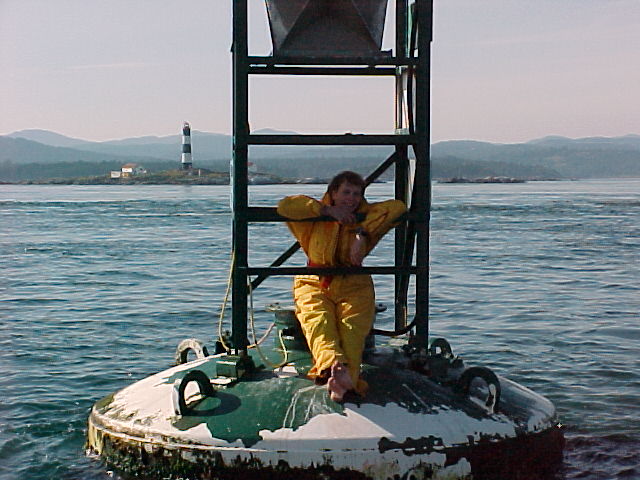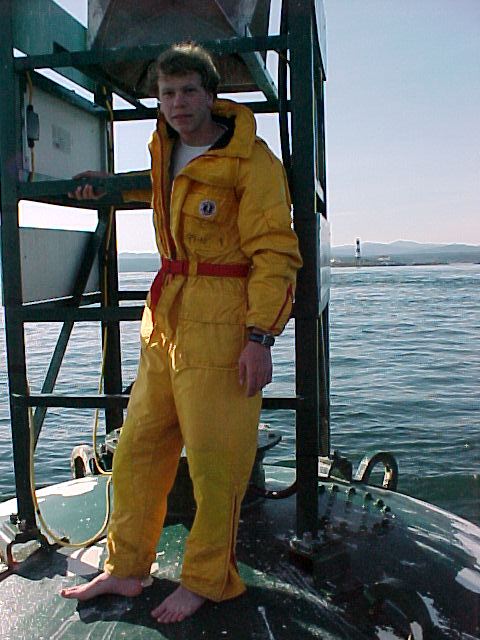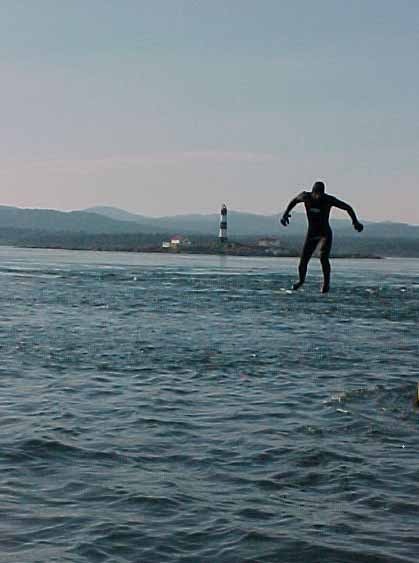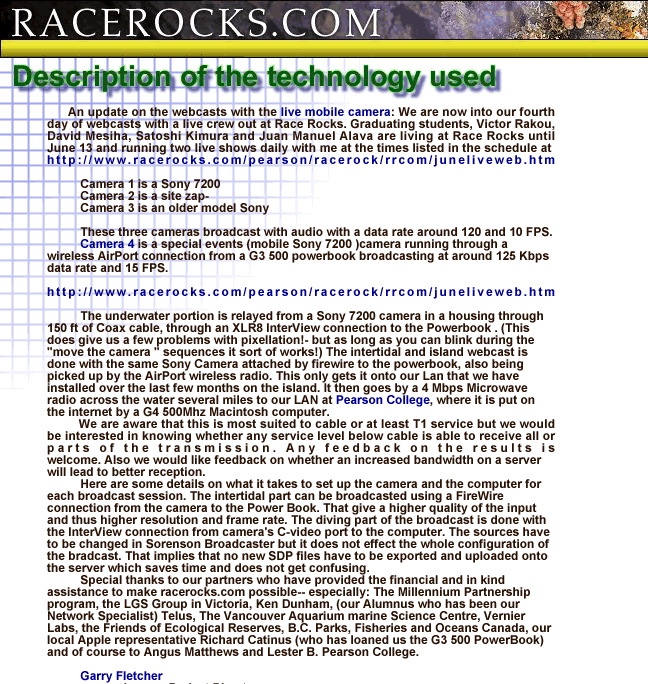Participants: Cheryl Borris – Friends of Ecological Reserves
Regrets: Doug Biffard – BC Parks
Observers:Sean MacConnachie – Fisheries and Oceans Canada
- Roundtable introductions
DISCUSSION
- Marc Pakenham introduced Chief Jack and his wife Cora. Chief Jack , thanked the Race Rocks Advisory Board (RRAB) for the invitation, and discussed his hope that one day he would see things returned to the way that they used to be. He talked about the importance of having First Nations working with governments together as a team. He emphasized the importance of the work the people sitting at the table were doing and the difference they were aking. Chief Jack presented Dick Carson with a Coast Salish T-shirt, as a symbol of working together.
- Kelly Francis thanked everyone for coming and introduced Dick Carson Regional Director of Oceans –Fisheries and Oceans Canada; Ron Kadowaki, Area Director South Coast– Fisheries and Oceans Canada; and Peter Taylor Director of Marine Protected Areas – Environment Australia.
- Dick Carson thanked the RRAB for their hard efforts to-ate and re-iterated the significance of the work that they had done on the Race Rocks proposal. He updated the RRAB on the progress made by Fisheries and Oceans Canada in moving the proposal forward internally and having regulations completed. He indicated that the Minister is aware of the progress and is looking forward to making an announcement. He highlighted the importance of the collaboration between RRAB members, the Province and the Government of Canada and noted that throughout his experience with Fsheries and Oceans on the coast he has never seen a group reach agreement on common goals in the way that the RRAB has.
- Dick Carson mentioned the Pacific MPA Strategy and its timeline for completion and sign-off. He indicated that he hopes to include First Nations in the announcement with the provincial Minister of Environment, Lands and Parks and Minister of Fisheries and Oceans Canada.
- Ron Kadowaki thanked the RRAB for their hard work. He indicated that he was very encouraged and excited about the process and dedication shown by members of the RRAB. In his experience the department has worked in a reactive manner, but in this regard the department is working in a co-operative/pro-active manner. He described his role and responsibility in terms of area management and his hope to make things better in the future.
- Kelly Francis distributed draft-proposal and explained the content and process on moving the project orward.
- Gordon Hanson thanked Marc Pakenham on behalf of Tom Sampson for all his hard work and inclusion of First Nations in the process. He suggested that First Nations’ participation is predicated on treaty and First Nations rights and that it is very important that First Nations’ role in management is not lost. This process is viewed as a model for future MPAs including for governance and partnership. First Nations will want to know that the “three-legged stol” model of management will be used.
- Dick Carson posed a formal request to use the traditional First Nations name for Race Rocks. His view is that these processes cannot move forward without working together. He re-iterated the apology that was made at the initial announcement and recognized the need to work with First Nations.
- Howard Breen stated that it was tragic that we had not reached closure on this issue. He expressed serious conerns that if timeline is not kept, and election is called this process and the energy put into it will be lost. He also suggested that it would be difficult to maintain consensus amongst constituents if an announcement does not come soon. He indicated that he was disappointed that there was not announcement on Oceans Day and believes that there could be a ministerial announcement at the Minister’s discretion. He expressed his disappointment that the rest of Fisheries and Oceans Canada is not keeping th timetable set out by the Oceans Directorate and delivered by the RRAB.
- Angus Matthews indicated that the new fiscal year for Pearson College starts in ten days, and the budget for Race Rocks is $0. He recognized that the actual management of a MPA lies within the community and the model of having First Nations in the process is absolutely key. Having the involvement of First Nations covered before an announcement is critical. He recognized that regulations are required but he common sense practices of the day-to-day uses of the MPA have to be taken in to consideration. He expressed his concern that within government the three-legged stool model will not be recognized within official process.
- Howard Breen indicated that if the delay is to ensure that First Nations are included in the management structure, the Georgia Strait Alliance is supportive.
- Dick Carson indicated that regardless of the date of announcement he needs to have the confidence that First Nations support the process and hopes for a shared announcement with Province, Fisheries and Oceans Canada and First Nations. In terms of timing management is very aware of pressures and is committed to moving this proposal forward as is the Minister. He suggested that the RRAB could submit something officially to hasten the process.
- Gordon Hanson indicated that under section of 4.8 of the proposal, Management Intentions, Fist Nations have not been included. This process has received buy-in from First Nations because of recognition of importance of First Nations in management and governance. He asked to have that First Nations be included in this part of the proposal. Kelly Francis and Dick Carson indicated that it would.
- Peter Taylor described his role in Australia as National MPA manager and described the work he’s been doing with Fisheries and Oceans Canada in writing this proposal. He uggested that on the international stage and the Race Rocks proposed MPA and resulting process in as an outstanding proposal. He described the need for this document to move the proposal forward through government channels and having First Nations included in this document increases this internationally importance of the project.
- Howard Breen pointed out that marine conservation communities recognize that there are more than two parties (Province and Fisheries and Oceans Canada) in terms of governance and suggested that this proposal does not follow the consensus that was achieved by the RRAB.
- Angus Matthews stated that it’s embarrassing that this draft document has been presented without First Nations included in the management intentions section. If recognition is given of the important role of First Nations, an announcement should be made as soon as possible.
- Cheryl Borris indicated her concerns.
- (The remaining minutes were not transmitted.)…
Return to RRAB Index

